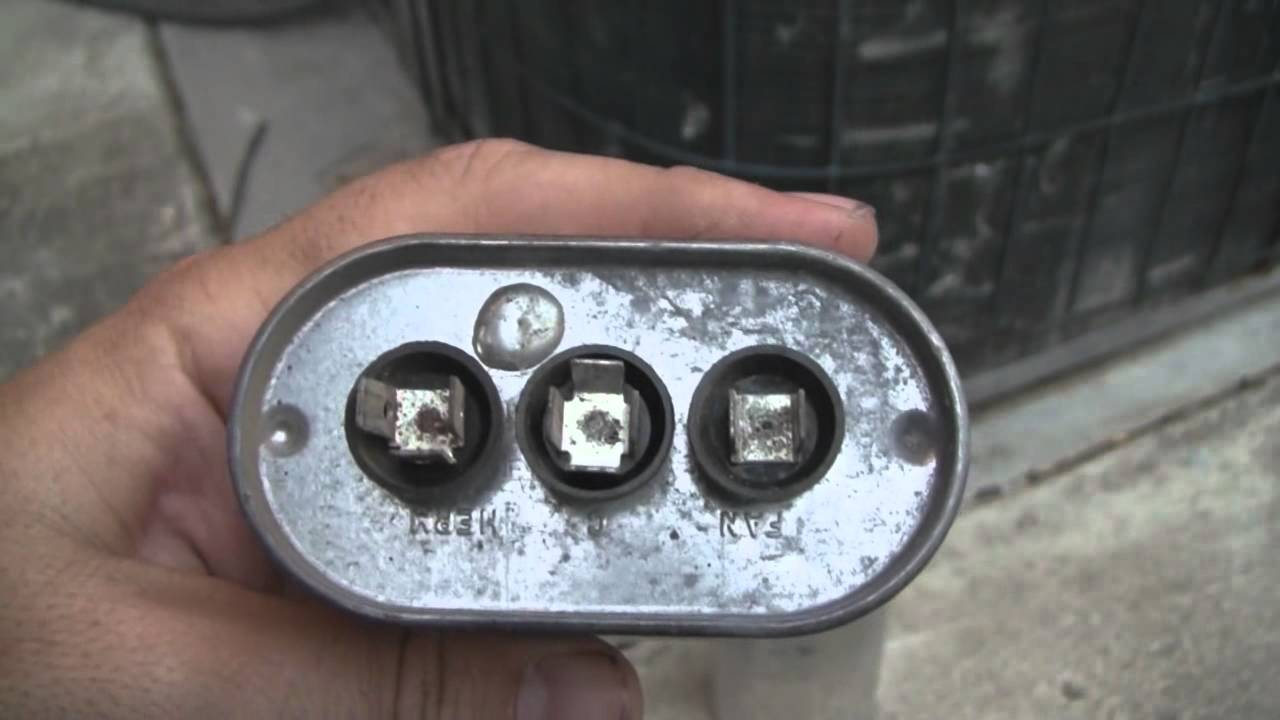How To Discharge An Air Conditioner Capacitor

An air conditioner is host to a number of mechanical, electrical and electronic components. Regular maintenance and replacement of each is paramount to ensure good cooling and a high quality of air, free from dirt, debris, bacteria, pollen, allergens etc.
The main air conditioning unit has to be dis-assembled for access to most of these parts and while doing that, it is necessary to ensure that air conditioner capacitors have been discharged properly.
Capacitors are devices which store electrical energy. For air conditioners, they come in handy when a sudden surge in cooling is required. There are two main types of capacitors in an air conditioning unit, called the run and the start capacitors.
Depending upon the size and design of an air conditioner, there can be one or multiple capacitors in it. Capacitors used in these units are of larger sizes as compared to the more popular versions used in circuit boards. In general four types of capacitors are used;
– Compressor Motor Run Capacitor:
– Outside Fan Motor Run Capacitor:
– Indoor Blower Motor Run Capacitor:
– Start Capacitor
To work internally, it is imperative that these capacitors are discharged, or else the handler risks the chance of being electrocuted.In this article, the procedure to safely discharge the capacitor has been explained in detail.
Instructions
-
1
The first step is to turn off the air conditioner's circuit breaker from the main panel. Just to be on the safe side check whether there is current by using a non-contact power tester. Now get hold of the manufacturers’ manual and locate the capacitors in the component diagram provided within. Remember every manufacturer places the capacitors in a position appropriate to their design; these positions are unique.
-
2
Use a screw driver, and open the side panel of the air conditioning unit; place it to one side. Now locate the capacitor inside the panel. Do not touch anything as there can be some exposed wires and connectors.
-
3
Now hold the screw driver from its insulated handle, making sure that your hand is not even close to the metallic part. Now touch this metallic part on the protrusions comings out of the capacitor. This short circuits the capacitor and releases all the energy which is stored within, thus ruling out the possibility of electrocution while working in the internal compartment. If there is more than one capacitor, repeat the same procedure.







